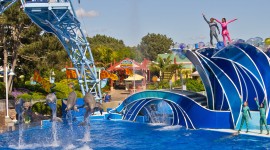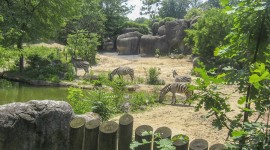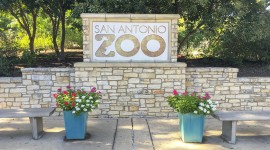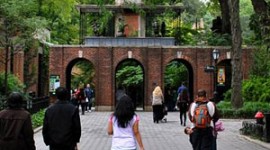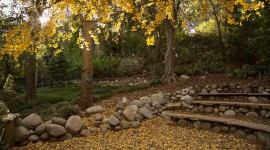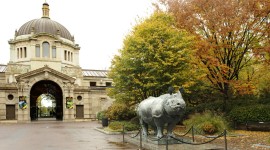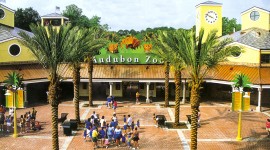Contemporary Zoo
While the first public zoos paid little attention to animal habitat, by the early decades of the twentieth century emerging zoo designs had begun to create naturalistic environments for the animals, allowing space for movement and amenities for activity. By the latter half of the twentieth century, habitat creation was only one manifestation of a larger combined mission: to preserve the genetic diversity of species and to educate the public about the ecological communities a given species inhabits in the wild. While zoological garden design has gained such technically precise requirements as acreage by species and animal count, educational goals remain an important component of design considerations, impacting everything from signage to layout. Contemporary zoos usually have extensive global outreach.



